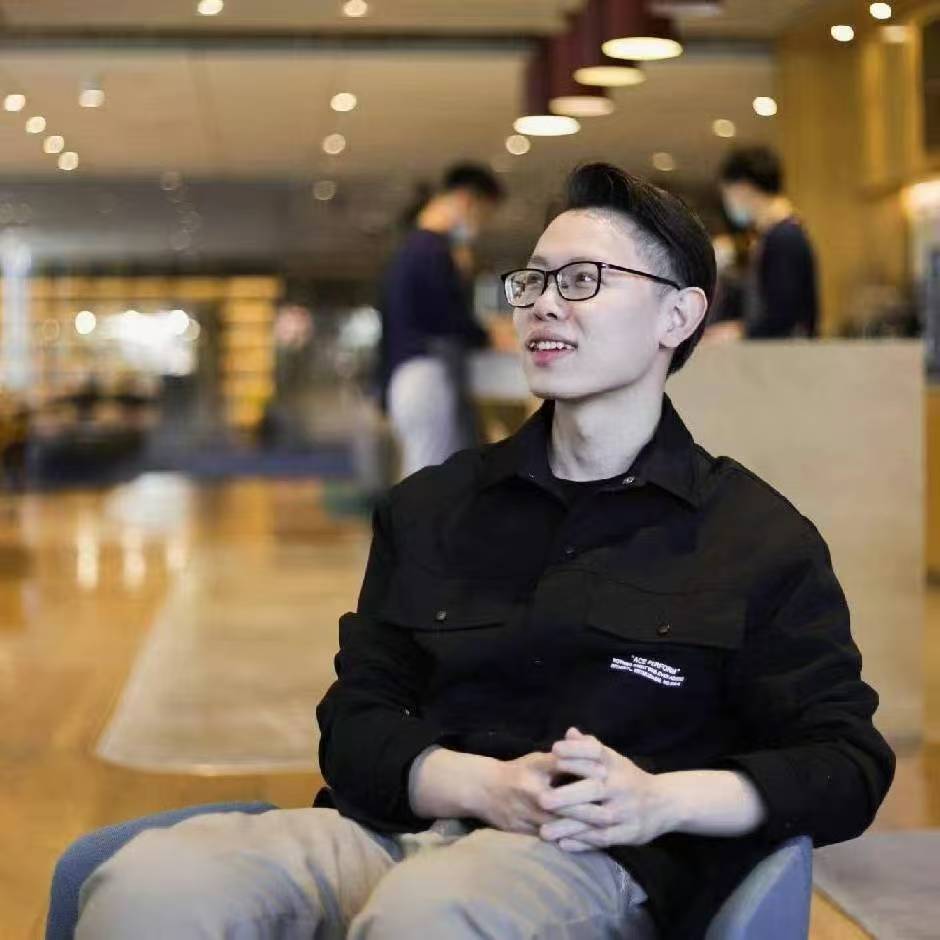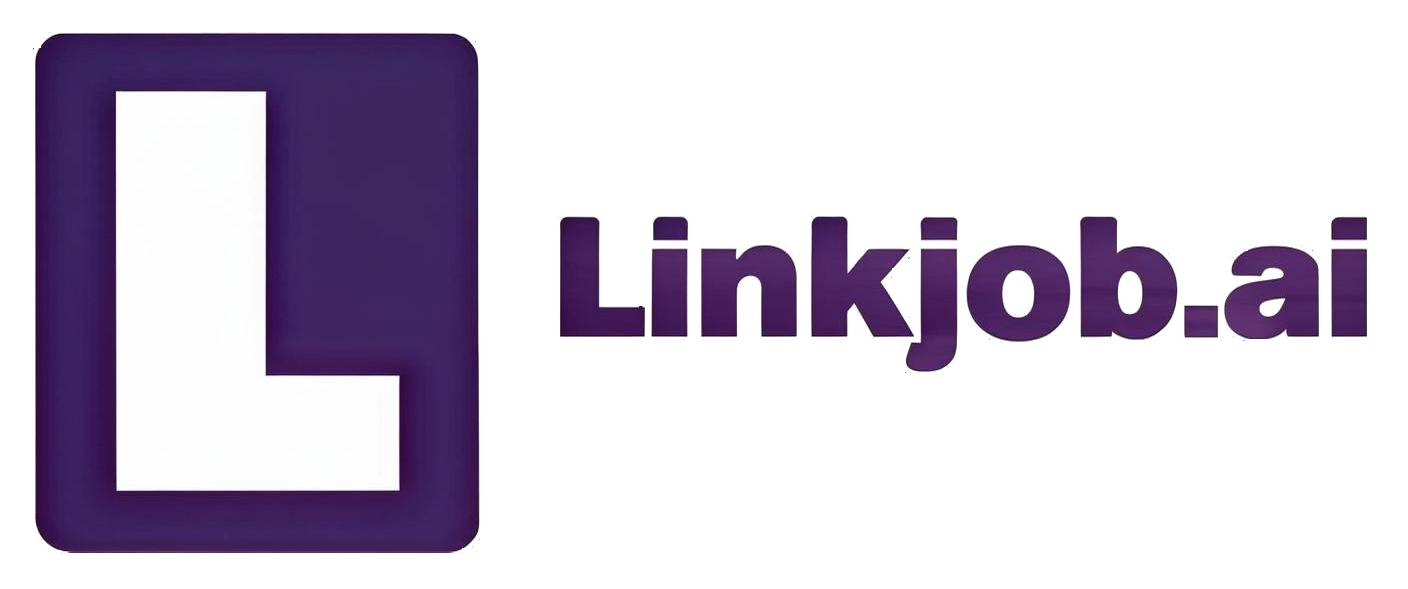My 2025 McKinsey Case Interview Insider Tips That No One Shares

Preparing for the McKinsey case interview is no walk in the park. I’ve been through countless practice rounds and real interviews, and every step felt like cracking a tough puzzle. There’s plenty of advice out there, but the real insider tips? Those are almost never shared. So, in this article, I’m going to give you the latest, 2025-tested strategies and little-known tricks that helped me stand out and get straight to what really matters.
I am really grateful for the tool Linkjob.ai, and that's also why I'm sharing my entire interview experience here. Having an invisible AI assistant during the interview is indeed very convenient.
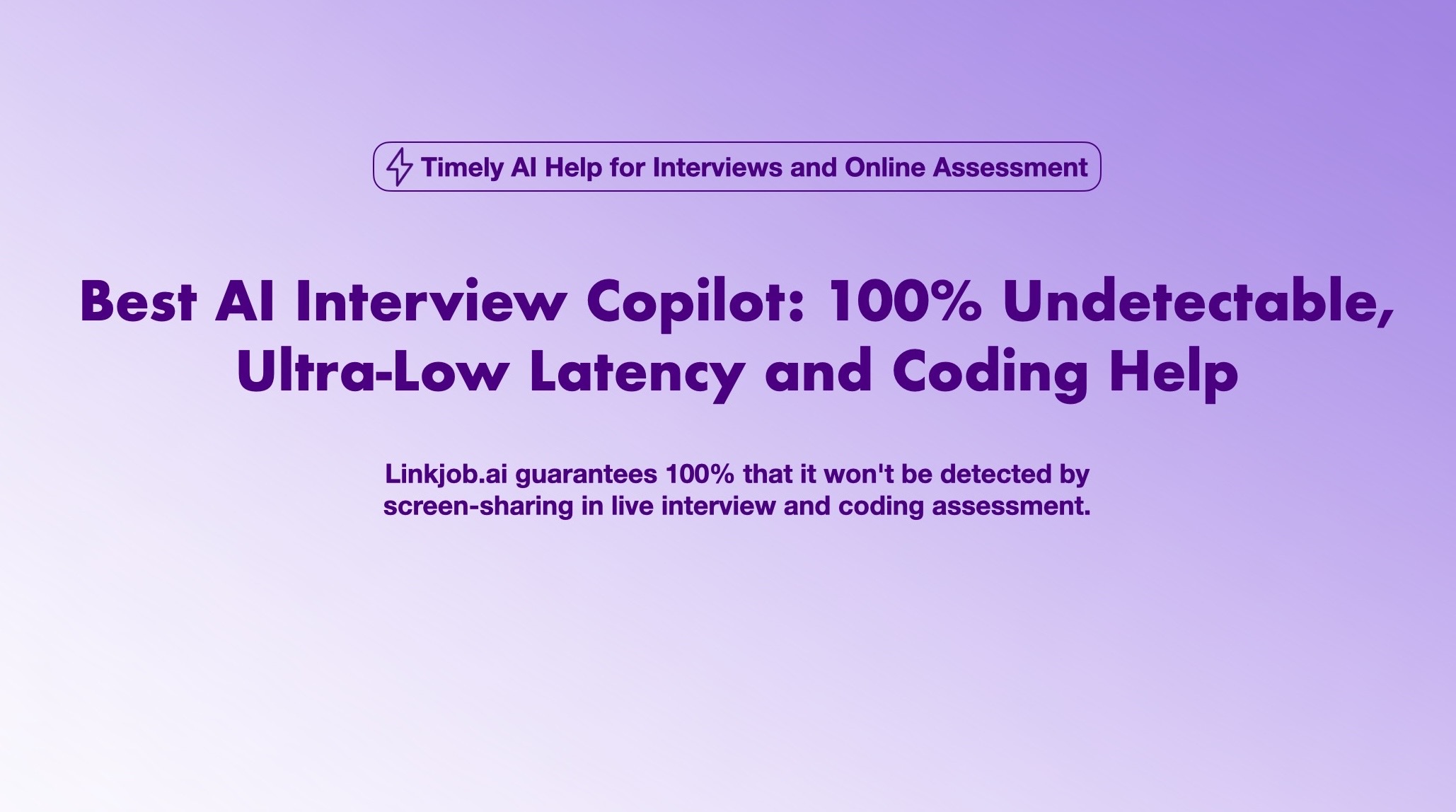
Key Takeaways
Practice with real case interviews and mock sessions to build confidence and get used to McKinsey’s unique interviewer-led style.
Develop strong problem-solving skills by breaking down problems, improving consulting math, and using real case studies for practice.
Stay calm and composed by pausing, asking clarifying questions, and explaining your thought process clearly when facing tough or unexpected questions.
Prepare personal stories using the STAR method to show your leadership, teamwork, and problem-solving abilities during the personal experience part.
McKinsey Case Interview Format and Questions
Interviewer-Led Approach
When I first started preparing for the McKinsey case interview, I noticed the format felt different from other consulting interviews. McKinsey uses an interviewer-led approach. This means the interviewer controls the flow. They ask questions, guide the discussion, and keep things moving. I found this style both challenging and helpful. Here’s why it works so well:
The interviewer keeps the interview on track and focused.
They challenge your logic and answers, so you must think fast and explain your ideas clearly.
You get feedback right away, which helps you see where you stand.
The interviewer can guide you into specific topics, making sure the conversation stays deep and relevant.
Even though the interviewer leads, you still need to show strong problem-solving skills and build a clear structure for your answers.
If you want to do well, practice thinking out loud and structuring your answers. Don’t just wait for the next question, show your process as you work through each step.
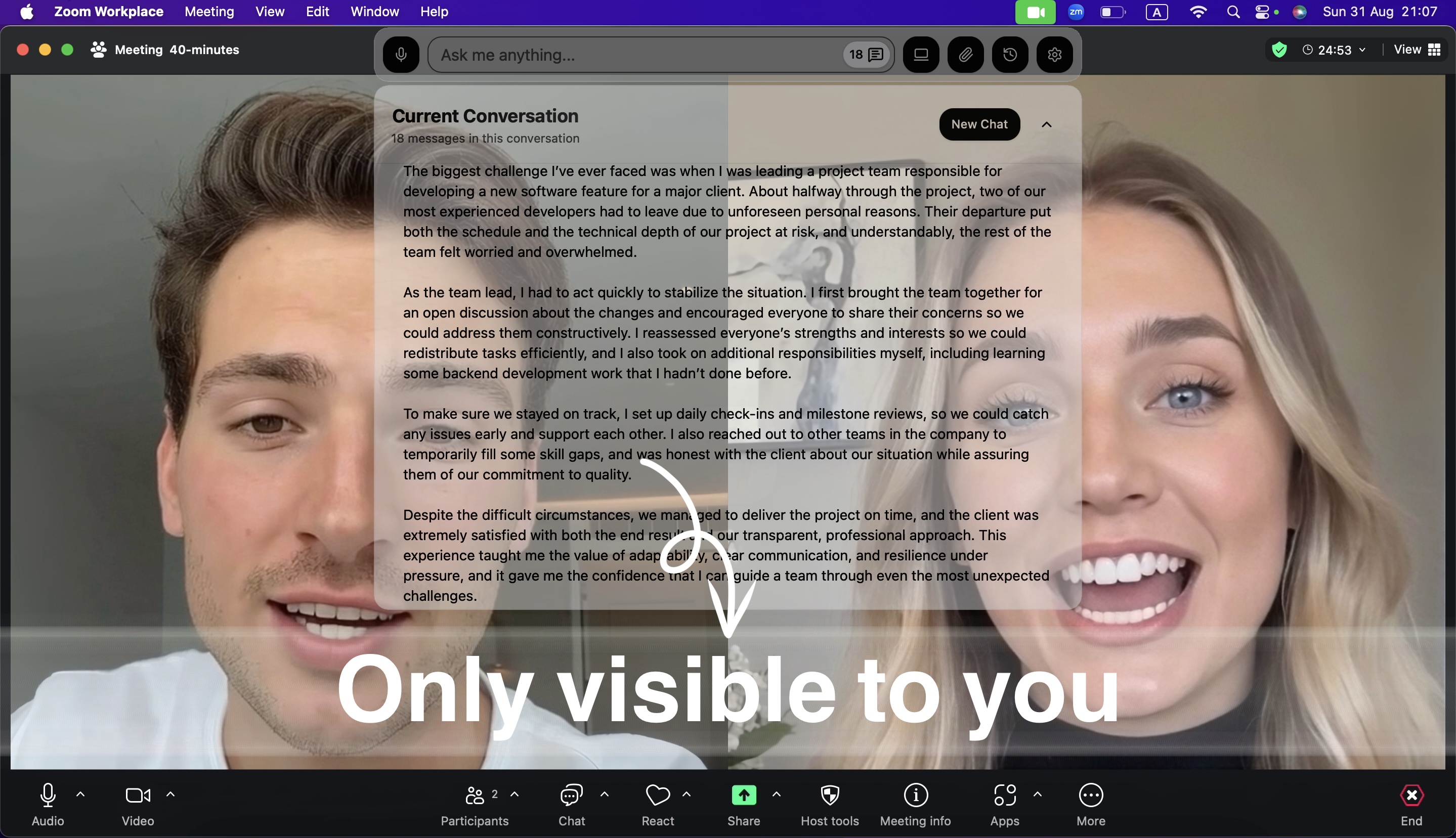
Personal Experience Interview
The McKinsey case interview also includes a personal experience part. Here, the interviewer asks about your past. They want to know how you handled tough situations, worked with teams, or solved problems. I always prepare a few stories that show my leadership, teamwork, and ability to overcome challenges. I use the STAR method (Situation, Task, Action, Result) to keep my answers clear and focused.
Key Challenges
I know the McKinsey case interview can feel tough. The interviewer-led format means you must stay sharp and ready for anything. You might feel nervous or worry about making mistakes. I’ve learned that practicing with real cases and getting feedback helps a lot. Focus on building your confidence and learning to adapt when things change quickly. Remember, every question is a chance to show how you think and solve problems.
Classic McKinsey-Style Case Interview Questions
Market Entry: A large consumer goods company wants to enter the Chinese market. How would you assess the market attractiveness and recommend an entry strategy?
Profitability Analysis: A restaurant chain’s profits have declined. How would you analyze the reasons behind this and suggest ways to improve profitability?
Pricing Strategy: Sales of a particular electronic product have dropped. How would you approach adjusting the pricing strategy?
Growth Strategy: A software company aims to achieve 20% annual growth. How would you help them plan their growth path?
Mergers & Acquisitions (M&A): A client is considering acquiring a competitor. How would you evaluate the value and risks of this deal?
Operations Improvement: A factory’s production efficiency is lower than industry standards. How would you diagnose the problem and improve efficiency?
New Product Launch: An automaker plans to launch a new electric vehicle model. How would you assess the market opportunity and develop a go-to-market plan?
Customer Segmentation: Customer churn rates are increasing. How would you use customer segmentation to identify key issues?
Supply Chain Management: A company’s supply chain costs are too high. What approaches would you take to optimize the supply chain?
Digital Transformation: A traditional retail company wants to enhance competitiveness through digital transformation. What recommendations would you make?
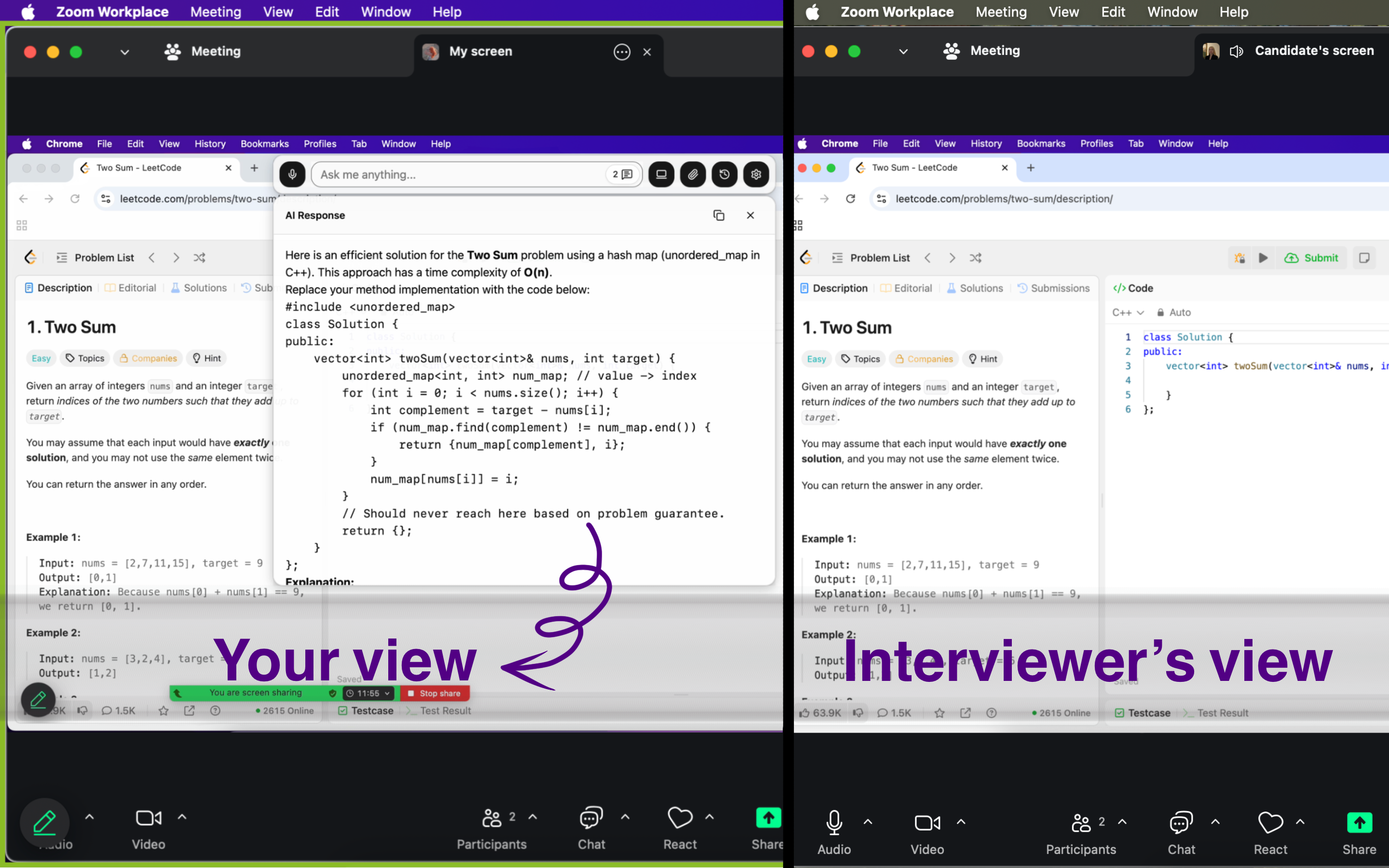
McKinsey Case Interview Preparation Strategies
Practicing with Mock Interviews
When I started getting ready for the McKinsey case interview, I realized that practice makes all the difference. Mock interviews helped me see what the real thing would feel like. I could test my answers, try out different ways to explain my thinking, and get used to the pressure. Here’s what I found most helpful:
Mock interviews let me practice both case and behavioral questions in a setting that feels real.
I learned to spot my strengths and weaknesses by repeating cases and getting feedback.
Each session built my confidence and made me less nervous about the unknown.
Practicing with interviewer-led cases helped me get comfortable with McKinsey’s unique style.
I also discovered that using smart tools can take practice to the next level. Linkjob, for example, simulates real interviewers, asks tough McKinsey interview questions, and gives instant feedback on my answers. I could see exactly where I needed to improve. The platform even tracked my progress over time, so I knew I was getting better. Practicing with Linkjob felt like having a coach by my side, helping me prepare for every twist in the McKinsey case interview.
Struggling to crack the McKinsey case interview?
Linkjob helps candidates sharpen their case-solving skills with real-time thinking support, structured analysis practice, and clear logic flow under pressure.
Ideal for mastering profitability, market entry, and growth strategy cases like those used at McKinsey.
Building Problem-Solving Skills
Problem-solving sits at the heart of every McKinsey case interview. I learned that McKinsey doesn’t just want the right answer, they want to see how I think. The company even uses a digital assessment called the McKinsey Problem Solving Game to measure skills like critical thinking, data analysis, and systems thinking. This test predicts who will do well in the interview and on the job.
I read a report from McKinsey that said 85% of top consultants believe strong analytical skills make them better problem solvers. That number stuck with me. It showed me that building these skills isn’t just helpful—it’s essential.
Here’s how I worked on my problem-solving:
I practiced breaking down complex problems into smaller steps.
I worked on consulting math, like quick calculations and interpreting charts.
I used online resources and real case studies to challenge myself.
I timed myself to get faster and more efficient.
Practicing with realistic cases, especially those modeled after real interviews, helped me think on my feet. I also used AI-powered platforms to get instant feedback on my logic and structure. This kind of practice made me feel ready for anything the interviewer might throw at me.
Overcoming Common Pain Points
I know how easy it is to feel nervous before a big interview. Sometimes I worried about blanking out or not knowing if my answers were good enough. The lack of feedback made it hard to know if I was improving.
Here’s what helped me push through:
I practiced under timed conditions to get used to pressure.
I recorded myself and listened back to spot areas for improvement.
I asked friends or mentors to act as interviewers and give honest feedback.
I used Linkjob’s AI Interview Assistant for mock interviews. It gave me instant, personalized feedback and suggested ways to optimize my answers. I didn’t have to wait for someone else to review my performance.
If you want to stand out in the McKinsey case interview, focus on mastering the basics, practicing with realistic cases, and using smart tools to get feedback. This approach helped me turn my nerves into confidence and made me ready for whatever came my way.
Mastering the Live McKinsey Interview
Handling Unexpected Questions
When I sat down for my first McKinsey case interview, I worried about getting a question I had never seen before. Sometimes, the interviewer will throw a curveball. I learned that the best way to handle these moments is to pause and breathe. I listen carefully to every word. I ask clarifying questions if something is not clear. This helps me buy a little time and shows the interviewer that I want to understand the problem. I break the question into smaller parts and tackle each one step by step. If I do not know the answer right away, I share my thought process. This way, the interviewer can see how I approach new problems.
Staying Composed Under Pressure
Pressure can make even the best candidates freeze. I used to get nervous and worry about making mistakes. Over time, I found a few techniques that helped me stay calm and focused:
I remind myself to stay calm and composed. This keeps me in control and stops me from reacting emotionally.
I prepare ahead of time so I feel confident when tough questions come up.
I keep a respectful and professional tone, even if the interview gets intense.
I listen closely and never interrupt. This helps me understand the question and avoid errors.
I ask smart questions to keep the conversation on track.
I focus on facts and logic to guide my answers.
After the interview, I reflect on what went well and what I can improve next time.
These habits help me avoid mistakes and show the interviewer that I can handle stress.
Leveraging Real-Time AI Assistance
Even with practice, I sometimes worry about blanking out or missing a key point during the live interview. That is where Linkjob’s Real-Time AI Interview Assistant gives me an edge. During the actual interview, Linkjob listens in, picks up the interviewer’s questions, and instantly suggests smart, context-aware answers. If I get a tough algorithm or finance question, Linkjob helps me see possible approaches right away. It is like having a coach in my ear, helping me structure my answers and avoid mistakes in real time. I find this especially helpful for tech and finance interviews, where every detail matters. With Linkjob, I feel more confident and ready to tackle anything the McKinsey case interview throws at me.
FAQ
How do I structure my answers in a McKinsey case interview?
I always use a clear framework. I break the problem into parts, explain my logic, and walk the interviewer through each step. This helps me stay organized and shows my thinking process.
What should I do if I get stuck during the interview?
I pause, take a breath, and ask clarifying questions. Sometimes, I restate the problem in my own words. This gives me time to think and shows the interviewer that I want to understand the challenge.
How can I practice consulting math for the case interview?
I practice quick calculations every day. I use online drills, mental math apps, and real case examples. I also time myself to get faster and more accurate.
Is it okay to use AI tools like Linkjob during my preparation?
Absolutely! I use Linkjob for mock interviews and real-time feedback. It helps me spot weak areas and improve my answers. Practicing with AI tools gives me an edge and boosts my confidence before the real interview.
See Also
How to Ace McKinsey HackerRank Test in 2025 With Easy Tricks
My McKinsey Sea Wolf Journey: Personal Story and Winning Strategies
All Types of Questions I Encountered in My McKinsey Interview
My Strategies and Tips for Completing the Three McKinsey Solve Games
